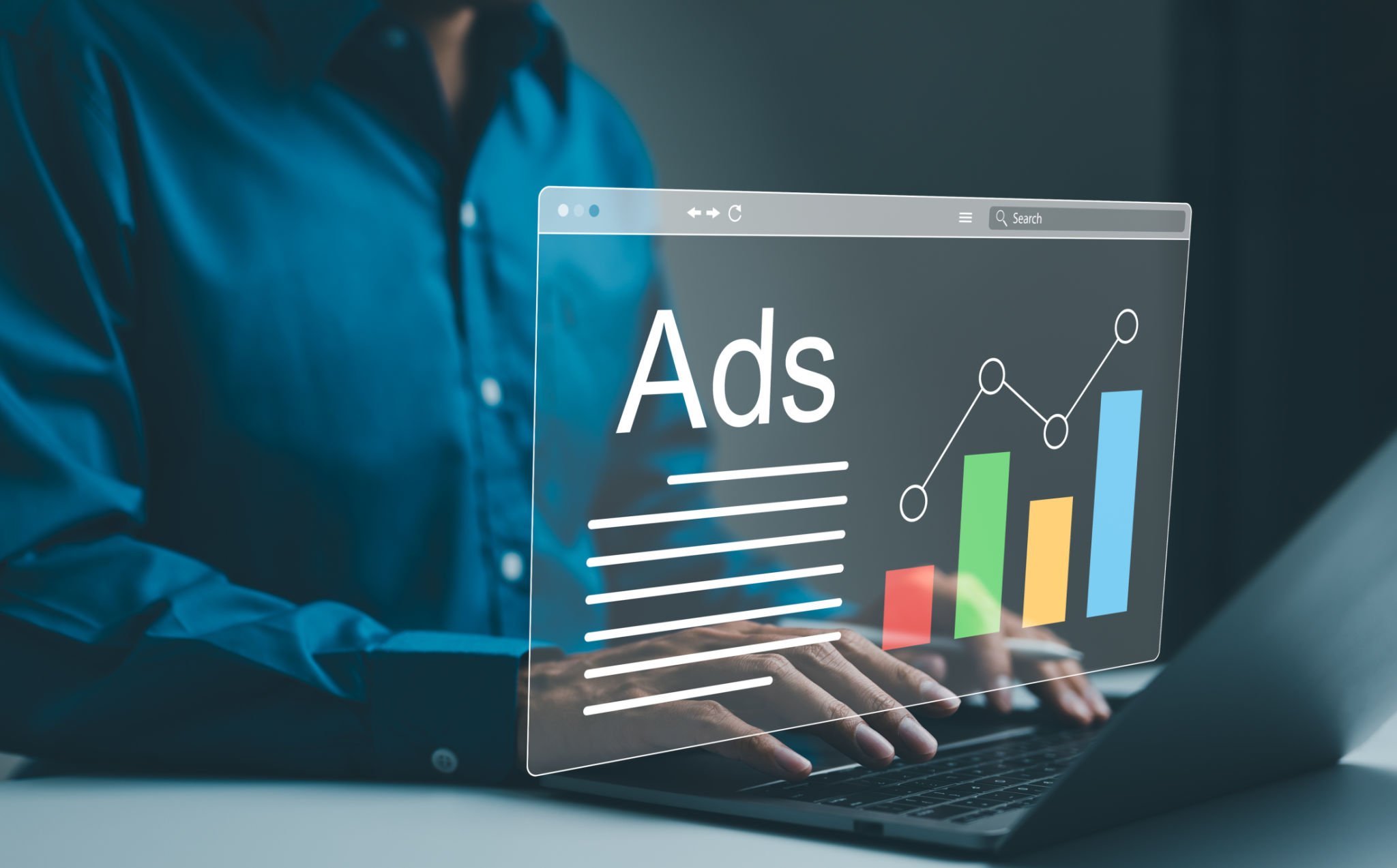Maximizing ROI with Google Ads: Tips for Small Businesses
Understanding Google Ads: A Brief Overview
Google Ads is an online advertising platform that allows businesses to display ads on Google’s search engine results page. For small businesses, it offers a cost-effective way to reach potential customers precisely when they are searching for products or services you offer. The pay-per-click (PPC) model ensures you only pay when someone clicks on your ad, which can significantly enhance your return on investment (ROI).
However, maximizing ROI with Google Ads requires strategic planning and ongoing management. By fine-tuning your campaigns, you can ensure that your advertising dollars are well spent, driving high-quality traffic to your website and increasing conversions.

Setting Clear Campaign Goals
Before launching a Google Ads campaign, it’s crucial to define clear objectives. Are you aiming to boost website traffic, generate leads, or increase sales? Having specific goals will help guide your campaign strategy and enable you to measure success effectively. Once your goals are set, you can tailor your ads and keywords to best achieve those objectives.
Consider using the SMART criteria—Specific, Measurable, Achievable, Relevant, and Time-bound—to set realistic goals. This approach will help ensure your advertising efforts are aligned with your overall business strategy.
Targeting the Right Audience
Google Ads offers various targeting options that allow you to reach the right audience. Utilize demographic targeting to focus on specific age ranges, genders, or locations. Additionally, consider using keyword targeting to match search queries relevant to your business. By refining your audience targeting, you can ensure your ads are shown to users who are more likely to convert.
Implementing negative keywords is another effective way to maximize ROI. By excluding certain terms that aren't relevant to your business, you can reduce wasted ad spend and improve the overall efficiency of your campaigns.

Optimizing Ad Copy and Landing Pages
Crafting compelling ad copy is vital for capturing attention and encouraging clicks. Use clear and concise language, highlight unique selling points, and include a strong call-to-action (CTA). Ensure that your ad copy aligns with the content on your landing page to maintain a consistent user experience and increase conversion rates.
Moreover, optimize your landing pages for speed and mobile-friendliness. A slow or difficult-to-navigate landing page can lead to high bounce rates and lost opportunities. Testing different versions of your landing page through A/B testing can also provide valuable insights into what works best for your audience.

Monitoring and Adjusting Your Campaigns
Regularly monitoring your Google Ads campaigns is essential for maximizing ROI. Analyze key metrics such as click-through rates (CTR), conversion rates, and cost-per-click (CPC) to determine what’s working and what needs adjustment. Use Google Analytics in conjunction with Google Ads to gain deeper insights into user behavior and campaign performance.
Don’t hesitate to make adjustments based on your findings. Whether it’s pausing underperforming keywords, tweaking ad copy, or reallocating budget towards higher-performing ads, continual optimization is key to improving ROI over time.
Leveraging Ad Extensions
Ad extensions are a powerful feature that can enhance the visibility and effectiveness of your ads. By adding extra information such as site links, callouts, or location extensions, you provide users with more reasons to click on your ad. This additional information can improve CTR and deliver more qualified traffic to your site.
Experiment with different types of ad extensions to see which ones resonate best with your audience and align with your campaign goals. The right extensions can significantly impact the success of your advertising efforts.

Budget Management for Small Businesses
Effective budget management is crucial for small businesses looking to maximize ROI with Google Ads. Start by setting a daily budget that aligns with your overall marketing spend. Consider using automated bidding strategies like Target CPA or Maximize Conversions to optimize spend based on performance.
By continuously monitoring campaign performance and adjusting bids accordingly, you can ensure that your budget is being used efficiently. Remember that successful Google Ads campaigns require patience and persistence; results may not be immediate, but consistent optimization will lead to improved ROI over time.
